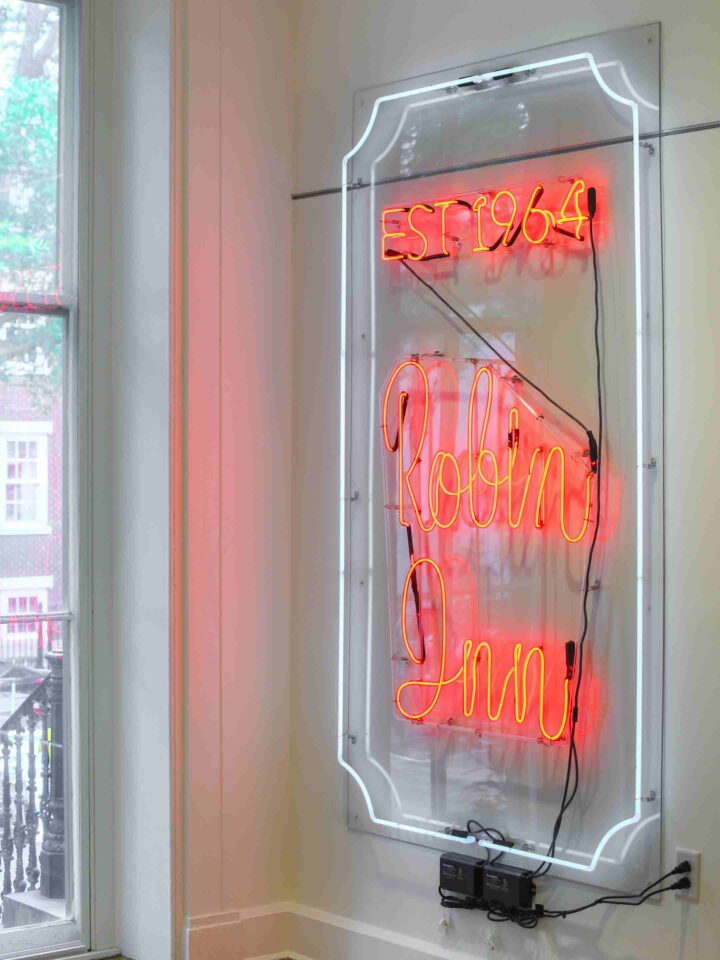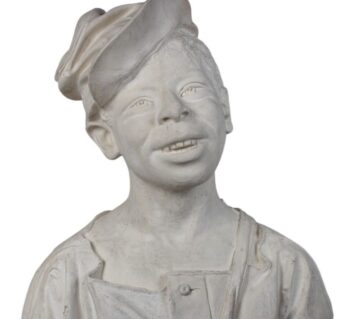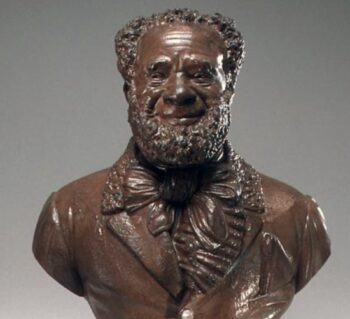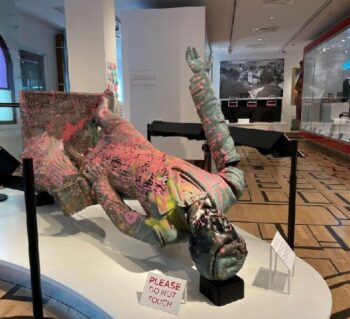
Knowledge is Power by Edward Valentine
Collections in the Classroom
Grade Level
High, Middle
Time Period
1866-1870: Reconstruction
Theme
The Lost Cause Myth
Resource Type
Engagement Activity, Pre-visit material, Primary Source
Download Collections in the Classroom: Knowledge is Power (pdf)
ESSENTIAL QUESTIONS
- How does art influence our thinking?
- Describe this sculpture. What message is this popular sculpture by Edward Valentine conveying?
- How did this piece of commercial art help support the Lost Cause myth?
CONTEXT
Before 1865, teaching Black children to read and write was illegal in much of the South. African Americans access to education was very limited. After the Civil War, Edward Valentine crafted Knowledge is Power that supported the Lost Cause myth that Black people were intellectually inferior and not worthy of publicly funded education. His original version of the piece (maquette) shows a focused student looking down, raising his arm; the final piece displays a boy sleeping in class. Valentine also considered other titles for the work like The Little Truant, A Scholar at Sleep, and Learning Under Difficulties.



